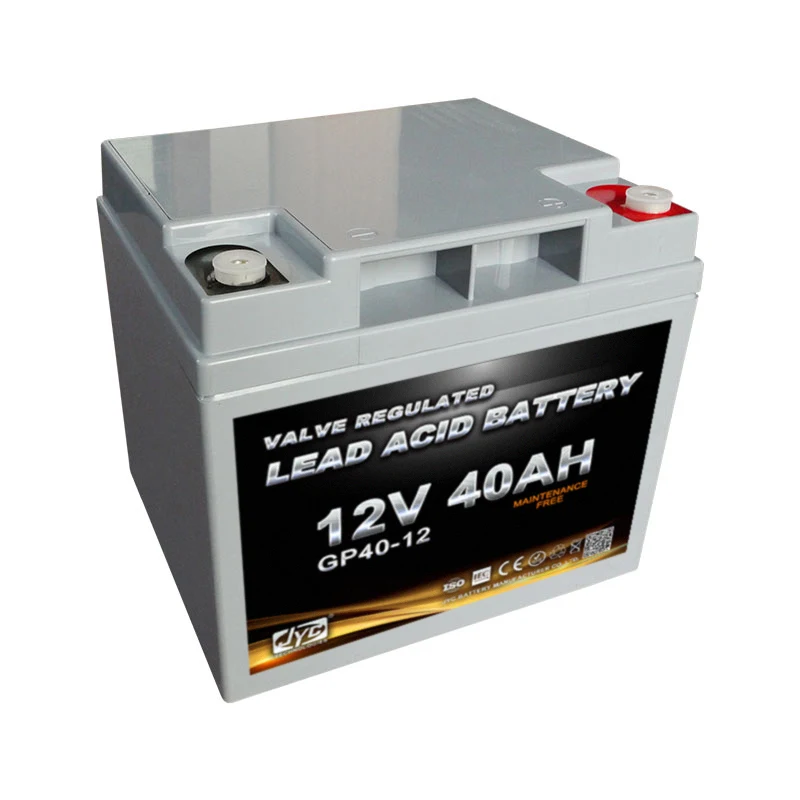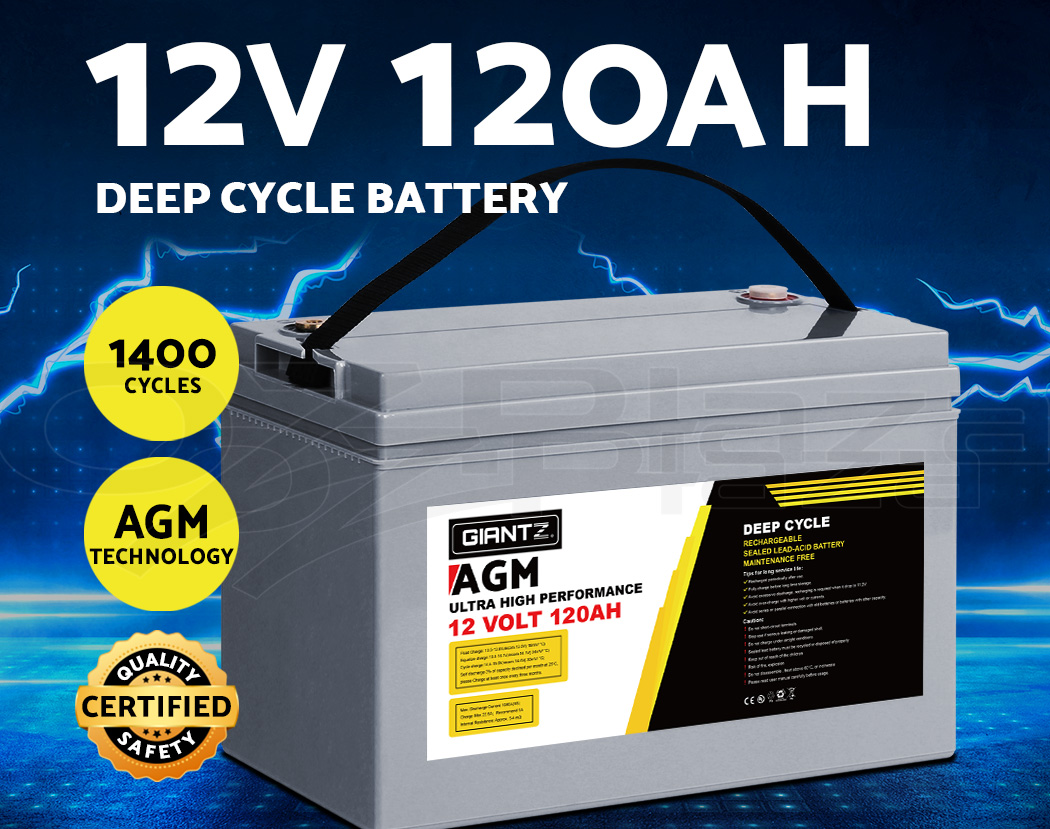
Deep Cycle Batteriesĭeep cycle batteries are designed to be discharged and recharged repeatedly, making them ideal for use in off-grid systems and RVs. On average, AGM batteries last about 3-5 years, while traditional lead-acid batteries can last up to 10 years. AGM batteries are generally more expensive than traditional lead-acid batteries, and they also have a shorter lifespan. One of the main disadvantages is their relatively high cost. However, AGM batteries do have some disadvantages. They also have a relatively low self-discharge rate, meaning that they can be stored for long periods of time without losing their charge. Unlike traditional lead-acid batteries, AGM batteries don’t need to be filled with water or checked for specific gravity. One of the main advantages of AGM batteries is their low maintenance requirements.

Advantages and disadvantages of AGM batteries They are also relatively lightweight and can be installed in any position. AGM batteries are sealed, meaning that they don’t require any maintenance and can be used in a variety of applications, including RVs, boats, and off-grid systems. The separator is a special glass mat that absorbs the electrolyte, preventing it from leaking out of the battery. AGM BatteriesĪGM stands for Absorbed Glass Mat, and it refers to the type of separator used in these batteries. We will compare their advantages and disadvantages, and help you decide which type of battery is the best choice for your specific needs. In this article, we will take a deep dive into the two most popular types of batteries: When it comes to powering your off-grid system or RV, the choice of the battery can make a big difference in terms of cost, lifespan, and suitability for different applications.

Advantages and disadvantages of deep cycle batteries.Advantages and disadvantages of AGM batteries.

Deep Dive into AGM vs Deep Cycle Batteries: Which is the Best Choice for Your Application?.


 0 kommentar(er)
0 kommentar(er)
